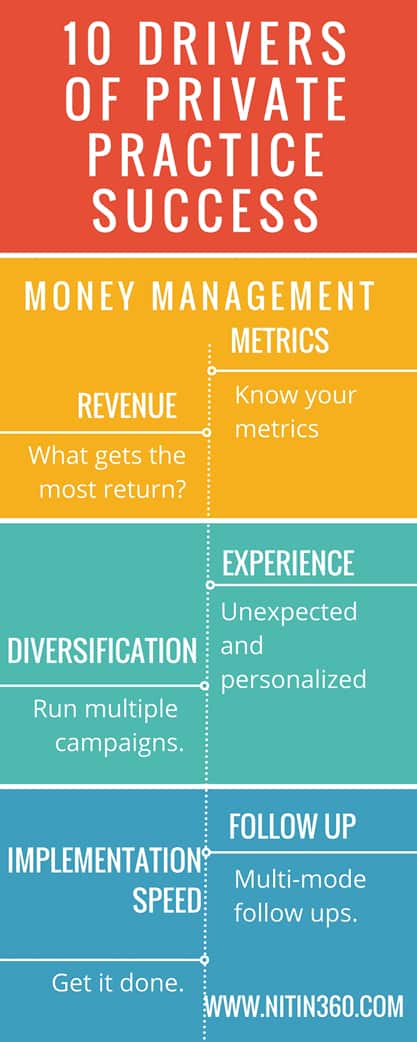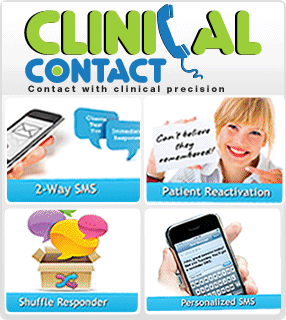 The best physical therapy marketing course is offered by APTA and is titled: Business and Marketing. This physical therapy marketing course is CD-ROM based and consists of 10 contact hours. The course fees is $150 for APTA members and $250 for non-members. The physical therapy marketing course is presented by Laurita M Hack, DPT, MBA, PhD, FAPTA.
The best physical therapy marketing course is offered by APTA and is titled: Business and Marketing. This physical therapy marketing course is CD-ROM based and consists of 10 contact hours. The course fees is $150 for APTA members and $250 for non-members. The physical therapy marketing course is presented by Laurita M Hack, DPT, MBA, PhD, FAPTA.
The course curriculum is designed to make a physical therapist aware of the current health care system and the kind of business and marketing models that are needed to succeed within this environment. This physical therapy marketing course uses a model proposed by Kissick, which identifies four major components to the system: Resources, Delivery Systems, and Consumers, and Governance/Management.
This course identifies the interconnections between the different segments of the system. The course provides a disctinction between the role of physical therapy as a profession and physical therapists as professionals in this system. All physical therapy services are provided in the context of the physical therapy business.
The business aspect of a physical therapy practice can affect the way in which patient care is provided. All physical therapists need to understand this, in order to provide optimum services. Areas addressed in the course include delivery organizations, reimbursement, planning, legislation and other legal issues, quality assurance, organizational behavior, group communication, fiscal management, and marketing.
On completing the course, participants will be able to:
- Discuss the general trends occurring in the American health care system (Resources, Delivery Systems, and Consumers, and Governance/Management) and the impact of these trends on clients, patients, and practitioners.
- Identify the strengths and weaknesses of various forms of business structures in the provision of health care.
- Compare various organizational patterns and designs (delivery systems) in relation to their impact on the delivery of health care services, particularly physical therapy services.
- Evaluate the various reimbursement strategies utilized by the health care industry and estimate their impact on the organization of physical therapy services, including their impact on revenue for physical therapy services
- Assess the role of current and pending legislation in the delivery of health care services in general and, specifically, physical therapy services.
- Identify and implement the steps of strategic planning.
- Participate in quality assurance and quality improvement activities of the physical therapy service and take leadership roles in initiating improvement in the quality of physical therapy care, including the elements of an information system for a physical therapy service.
- Describe various theories of organizational behavior and organizational models; and understand their implications for organizational design and management
- Choose appropriate group communication techniques to meet various business goals including generation and prioritization of ideas, assessment of stakeholders’ opinions, and negotiations.
- Apply sound financial principles in making PT practice decisions in an autonomous practice environment, including a basic understanding of financial reports, budgeting, and cost analyses
- Participate in a range of marketing activities and identify the elements of a marketing plan for PT services. This includes the ability to identify and differentiate between marketing, advertising, and public relations.






